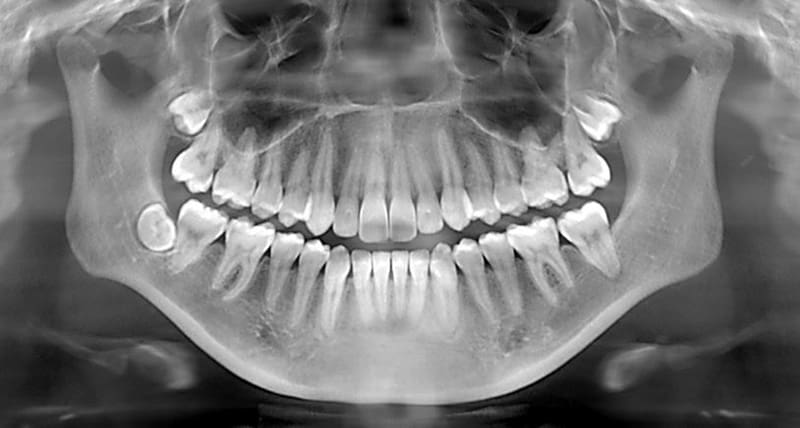
You’re sitting in the dental chair, and your hygienist says it’s time for X-rays. But this time, it’s a different kind—maybe a panoramic scan or a bitewing. Ever wondered why dentists use different types of X-rays, and what each one actually does?
Dental X-rays are essential tools that help your dentist see what the naked eye can’t. They allow for early detection, accurate diagnosis, and better treatment planning. But not all X-rays are created equal. Different types serve different purposes—and together, they give your dental team a full picture of your oral health.
Why Are Dental X-Rays Important?
Your mouth may look fine in the mirror, but there’s a lot going on beneath the surface. Cavities between teeth, infections in the roots, bone loss, and even tumors can hide where visual exams can’t reach. Dental X-rays help detect:
- Tooth decay (especially between teeth)
- Gum disease and bone loss
- Abscesses or infections
- Impacted teeth
- Developmental issues
- Jaw and sinus abnormalities
Without X-rays, many of these problems could go unnoticed until they become painful—and more costly to treat.
The Main Types of Dental X-Rays
Let’s break down the most common types of dental X-rays and why your dentist might recommend each one:
- Bitewing X-Rays
Bitewings are probably the most familiar to patients. You bite down on a small piece of plastic while the machine takes images of your upper and lower back teeth.
- Purpose: Detect cavities between teeth and check bone levels around the gums.
- When Used: Usually taken once a year during checkups to monitor tooth decay and gum health.
- Periapical X-Rays
These focus on one or two teeth, capturing the entire tooth from crown to root tip and the surrounding bone.
- Purpose: Diagnose root infections, fractures, or deep decay.
- When Used: Often ordered when you’re experiencing pain or your dentist suspects something specific below the gumline.
- Panoramic X-Rays (Pano)
This is the big-picture view. A machine rotates around your head to capture your entire mouth in one image.
- Purpose: Evaluate wisdom teeth, jaw joints (TMJ), bone structure, cysts, tumors, and impacted teeth.
- When Used: Common in new patient exams, orthodontic planning, or before oral surgery.
- Occlusal X-Rays
These capture the floor or roof of the mouth, showing the entire arch of teeth in one image.
- Purpose: Spot extra teeth, jaw fractures, or growths.
- When Used: Often used in pediatric dentistry to track development.
- Cone Beam CT (CBCT) Scans
This 3D imaging technology gives a detailed view of bone structure, nerves, and soft tissues.
- Purpose: Ideal for complex cases like dental implants, root canals, or evaluating TMJ issues.
- When Used: Not used routinely—usually reserved for specialized treatments or surgical planning.
Are Dental X-Rays Safe?
Yes. Dental X-rays use very low doses of radiation, and today’s digital systems reduce that exposure even further!
Every X-ray is important!
Different types of dental X-rays work together to provide a comprehensive view of your oral health. Whether it’s catching a cavity early or planning a dental implant, these images are essential to accurate, proactive care.
If your dentist recommends a specific type of X-ray, it’s not random—it’s because they want to give you the most complete and effective treatment possible.
So next time you hear, “We’re going to take a few X-rays,” just know it’s a smart step toward keeping your smile healthy for life.
